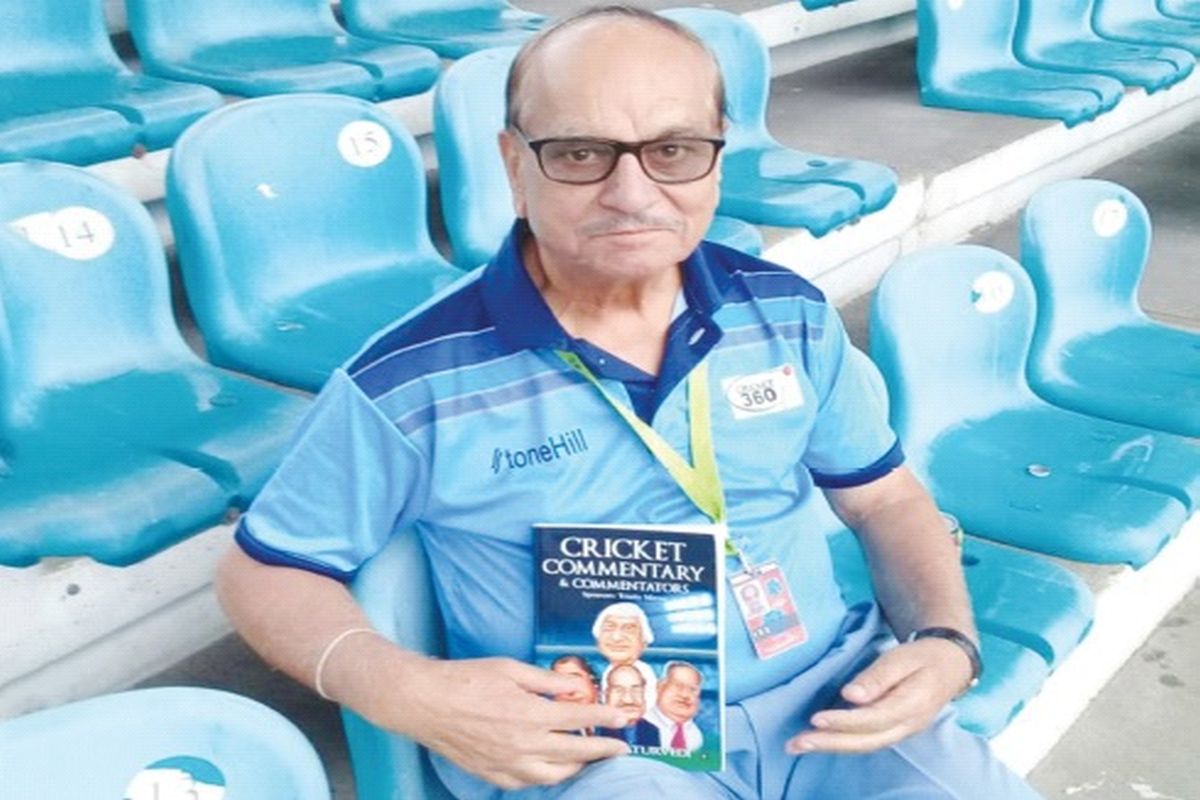It is indeed, heartening to learn that the Board of Control for Cricket in India (BCCI) has agreed to give permission to All India Radio (AIR) to cover cricket at all levels in all formats. The stalwarts of yesteryears (Bobby Talyarkhan, Vizzy, Berry Sarbhadhikari, Pearson Surita&Co) will be rejoicing in their afterlife, hearing cricket on radio after a hiatus of many years. Both BCCI and AIR deserve kudosfor having taken the responsibility of taking cricket to the masses in the far-flung areas of the country.
The authorities seem to have realised that TV gives everyone an image, but radio gives birth to a million images in a million brains. The message is loud and clear that radio, the poor cousin of TV will always remain a mass media. It is time to recall that English cricket commentary took the centrestage of broadcasting in 1934 while the Parsis and the Mohammedans played against each other at Bombay Gymkhana. Hindi cricket commentary made its debut in a Ranji Trophy semi-final between Bombay and Delhi in 1961 at Feroz Shah Kotla. One who grew up listening to cricket on the radio one day found himself in the commentary box at the dawn of the 1960s.

To this aged broadcaster, the days of cricket-lovers surrounding a paanshop intently listening to commentary and every passer by inquisitively asking, “What is the score?”, are worthy of being relived. Those were the days when students would hidepocket-sized transistors intheir pockets, listening to commentary, ignoring the on-going lecture. The Khet-Khaliyan(farms & harvesting places) will have mobiles on their tractors (in our days used to be on the back of a bullock). A mechanic in his roadside shop will now enjoy Virat Kohli’s batting prowess. A factory worker will be able to keep himself in touch with events on the field of play.
The near extinct fixture of the drawing room, the radio set is likely to stage a comeback. While driving and travelling by train, the cricket enthusiast will keep himself abreast with the latest happenings on the field of play. With the flowering of democracy, wisdom has dawned on the authorities that the power of radio is not that it speaks to millions, but that it speaks intimately and privately to each. The availability of cricket commentary to a vast population of practically 1.3 billion Indian people, spread over an area of 3,287,263 square kilometres is a giant leap forward.
It has opened up another vista of entertainment for the masses who have been longing to hear cricket even at their small work places. Since radio is the theatre of the mind, hopefully the mind will be occupied in fruitful endeavours. The announcement on radio, “Over to… for ball-by-ball commentary” will once again reverberate to the glee of billions of listeners!
(The writer is a veteran Hindi Cricket commentator. Photograph shows him holidaying in the West Indies after a commentary smit with Radio 360)












